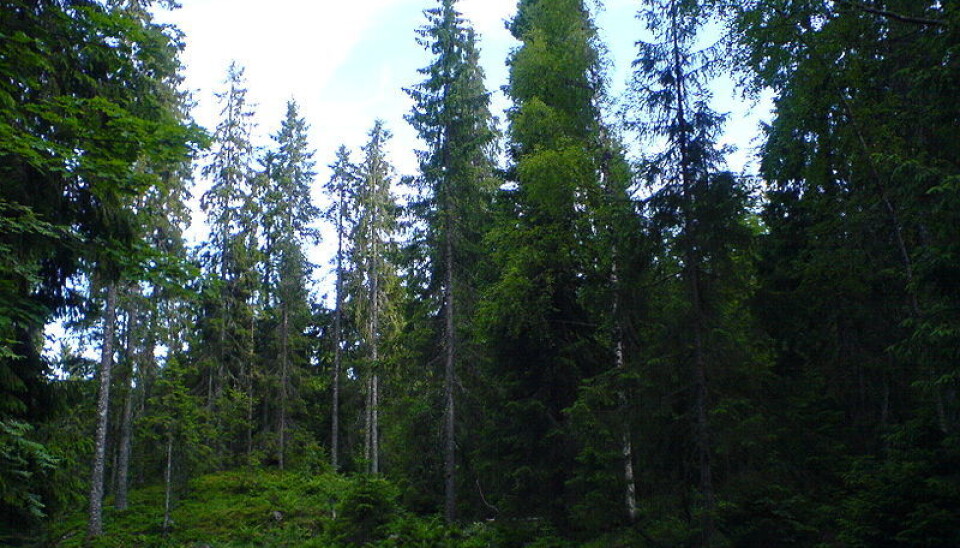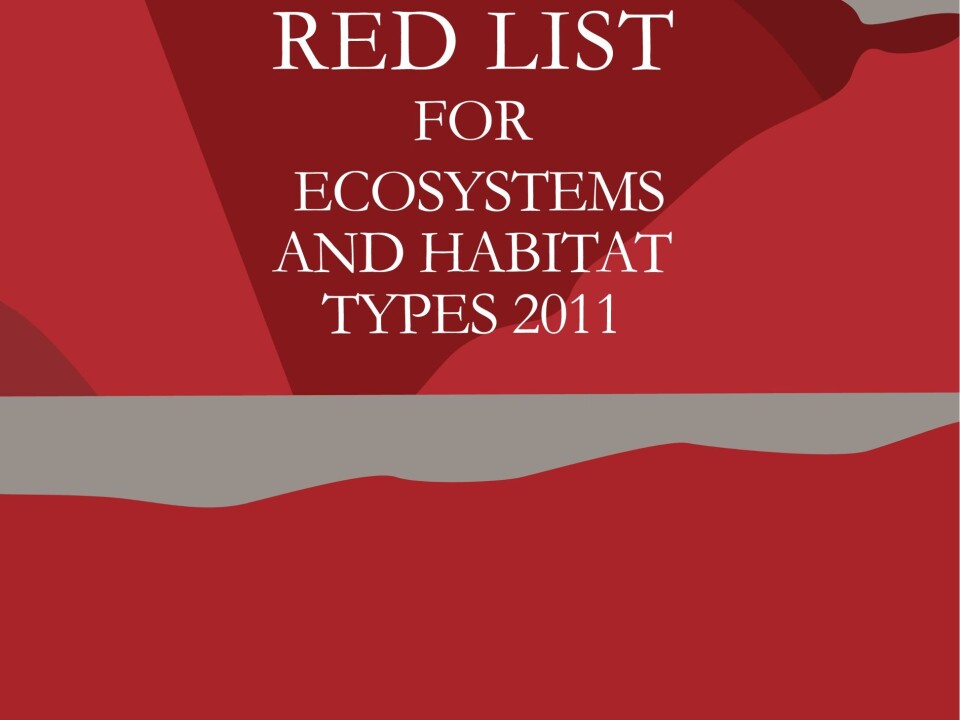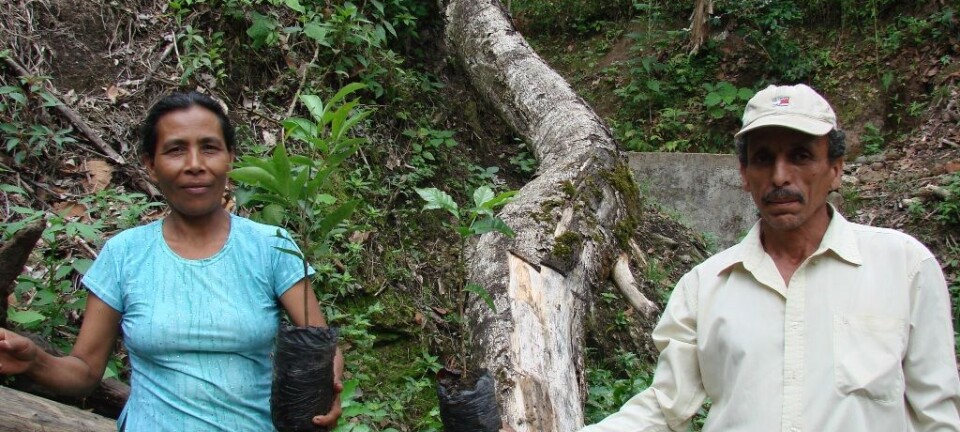An article from Norwegian Biodiversity Information Centre

Norway’s first Red List for Ecosystems
For the first time an overall risk assessment for ecosystems has been done in Norway, using a method similar to the Red List criteria for species.
Denne artikkelen er over ti år gammel og kan inneholde utdatert informasjon.
In 2011, the Norwegian Biodiversity Information Centre (NBIC) published Norway’s first official Red List for Ecosystems and Habitat Types. The list has now been translated into English.
The overall results from this assessment classified 40 habitat types as threatened and 31 as near threatened.
The Red List is an assessment of ecosystems and habitat types that are decreasing or are found in very small numbers and are consequently at risk of disappearing. It was carried out by leading Norwegian experts within nine different thematic ecosystem groups.
The experts evaluated Norwegian habitat types and ecosystems, and concluded that 80 belonged on the Red List. Two habitat types are considered to be critically endangered (CR), 15 endangered (EN), 23 vulnerable (VU) and 31 are near threatened (NT). Nine were placed in a category called data deficient (DD).

No habitat types were classified as having disappeared (RE) from Norway during the assessment period of the last 50 years.
New methodology used
The International Union for Conservation of Nature (IUCN) manages a consolidated set of international criteria for red-listing species, but there is no corresponding methodology for ecosystems and habitat types. In 2009 IUCN established a group to develop a global standard for the assessment of the status of different ecosystems, analogous to efforts with Red Listed species.
The goal is to create a standardized system that allows objective, transparent and repeatable assessments of risks to ecosystems, and losses of ecosystem functions and services. NBIC has been in close contact with the IUCN thematic group and hope the Norwegian effort will be a valuable contribution to their work.
The Red List for Ecosystems and Habitat Types is based on a Norwegian system called “Nature types in Norway (NiN)”, which allows scientists to assign habitat types and describe ecological variation. The NiN system includes all ecological variation in Norway and provides a solid foundation in selecting assessment units for Red List consideration.
The Norwegian Red List assessment covers all Norwegian territories in the northern hemisphere, including the mainland, Svalbard, and all freshwater and marine areas.
The Red List identifies ecosystems and habitat types that are at risk of disappearing or being degraded. Four main criteria were used to assess ecosystems and habitat types:
1. Reduction in surface area
2. Few localities and reduction
3. Very few localities
4. Reduction in state
Why are some types red listed?
The main reason that ecosystems and habitat types become red-listed is because their surface area has decreased or changed. These changes include surface area reductions from physical encroachments (development) and changes due to farming or forestry.
Other significant factors that negatively affect ecosystems and habitat types are pollution, climate change and alien species.
This assessment identified several areas where more knowledge is needed, and future revisions of the Red List will benefit from a higher level of precision.
In particular it is important to obtain information on the effects of human impacts on ecosystems and habitat types, and their geographical distribution. The assessment also found that more knowledge is needed in marine systems, freshwater systems and in semi-natural habitat types.
External links
- The Norwegian Red List for Ecosystems and Habitat Types 2011
- The Norwegian Biodiversity Information Centre
































